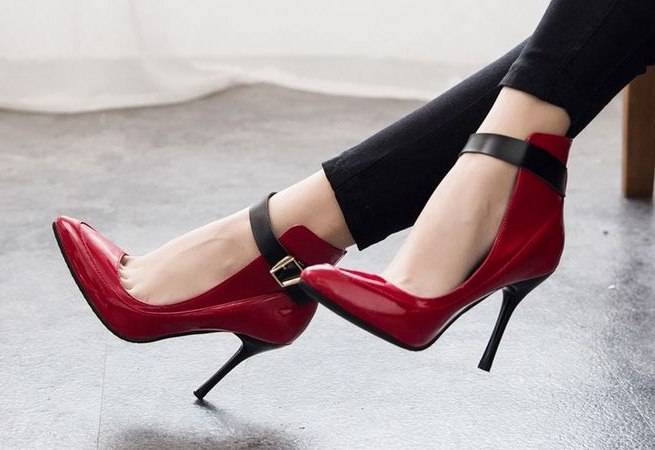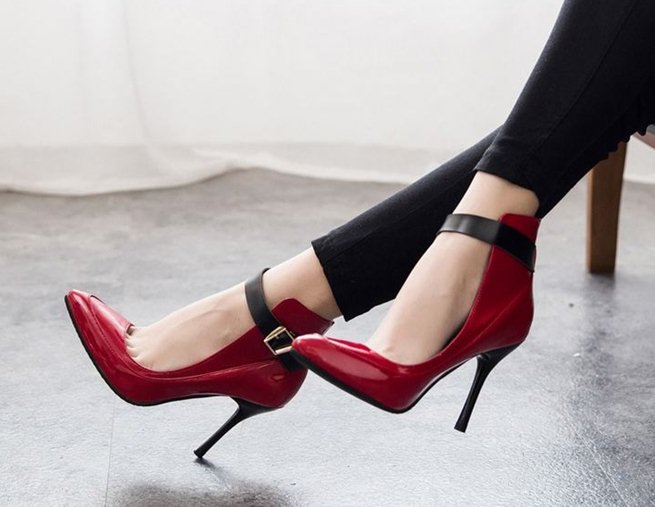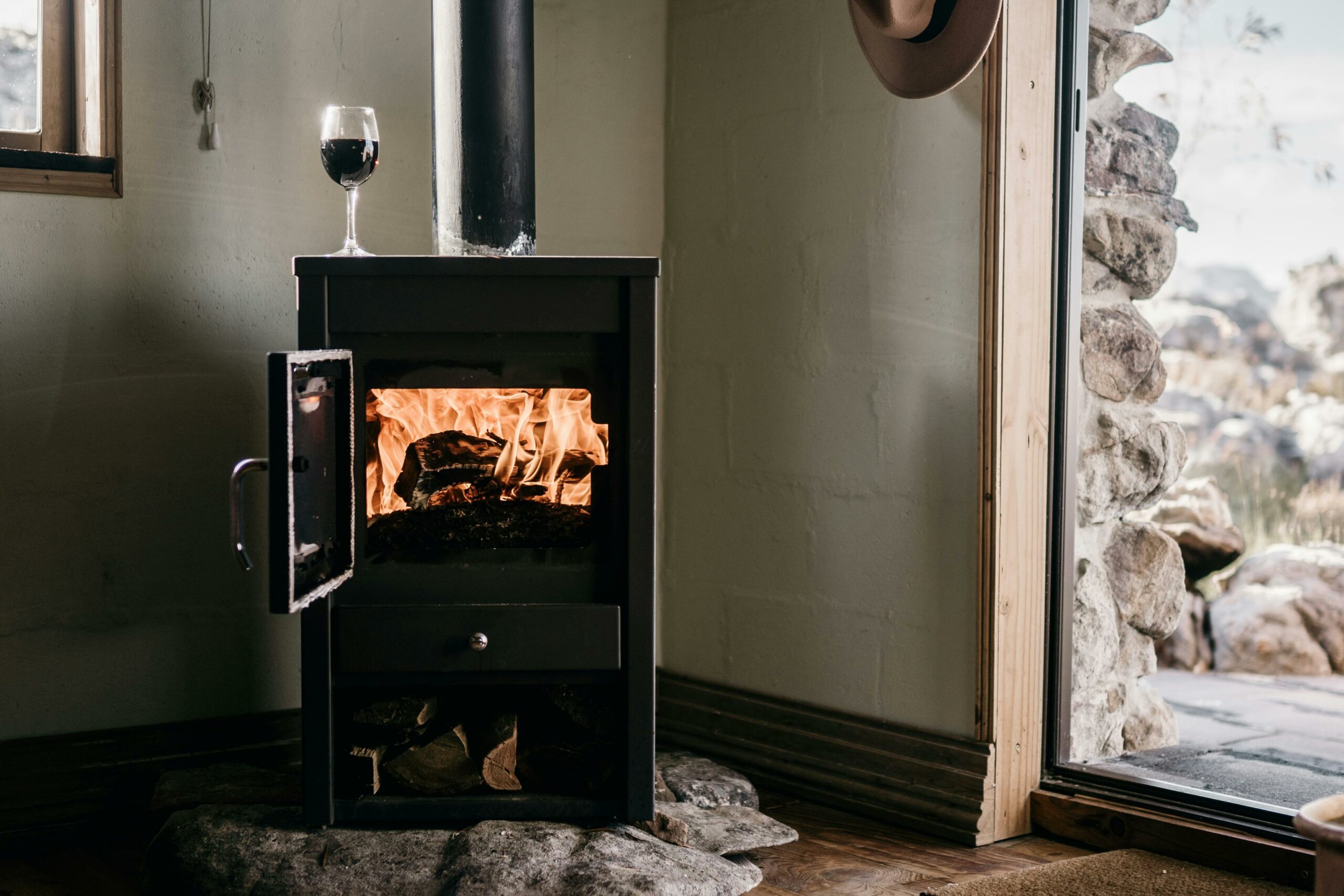 Before you get a headache trying to solve the puzzle from the title, I hasten to reassure you: on your feet, as per usual.
Before you get a headache trying to solve the puzzle from the title, I hasten to reassure you: on your feet, as per usual.
The problem is, your feet might not agree. Let me put that more precisely: your feet definitely do not agree. (I know. I asked them all.)
The higher the heels, the less enthusiastic your feet are about tottering around in them. Emergency Room doctors will tell you horror stories of women with injuries caused by heels, such as ankle and foot sprains and fractures. I won’t even go into stomach-turning manifestations of unhappy feet such as hammer toes and bunions.
Naturally, none of the above could deter you and me from climbing into our stilettos. Being a reasonable breed of women, we will instead find ways to make our feet and our heels coexist peacefully.
How to make heels feet-friendly
Next time you go hunting for your dream high heels, make sure to choose the right style, size and shape.
Foot doctors would have you venture no higher than 5 cm, because, according to them, a heel higher than 5 cm shifts your foot forward and puts pressure on the ball of your foot, causing pain and increasing the chances of injury.
Since we both know that a 5 cm heel can’t really be called high, I suggest going as high as you can stand it without getting a cramp in your calves and / or falling on your nose. For me, 8 cm to 9 cm is comfortable, 10 cm bearable and 12 cm acceptable if I opt for a pair with a little platform in the toe area to make the angle less steep. Shoes with a strap will help keep the foot from shifting forward.
It is crucial to get the right size. Too small, and the shoe will cut into the arch of your foot, squash your toes and (sooner or later) hurt. Too big, and your foot will slide forward. So, go for the shoes that hug and support your feet. Also, make sure that the heels that are perpendicular to the ground (as opposed to sloped), because this helps a lot when it comes to walking. I also prefer rubber heel tips; if they happen to be plastic, but I love the shoes, I’ll take them straight to a cobbler.
Since I mentioned walking, let’s be sensible here. High shoes are not for walking. They are for delicately making your way to the car, which is to be driven by somebody else (or in a spare pair of shoes, if it must be driven by you). They are for parading around the office or social gathering places. They are for taking a swirl or two on a dance floor. But they are definitely not for walking. In other words, know the limitations of your heels, and both your heels and your feet will be happy.
Oh, I also know that some people insist on making their heels more foot-friendly with non-slip sole pads, inserts, arch supports, heel cushions… None of those ever worked for me, but you may want to give them a try.
How to make feet heel-friendly
Since every relationship is a two-way street, your feet will have to make an effort too, by performing exercises specifically designed for women who insist on wearing high heels:
Tennis ball massage: If you feel a sharp, stabbing or tingling pain in your foot, place a tennis ball on the ground and roll your foot back and forth over the sore spot to loosen the tissue that connects the heel bone to the toes. To prevent the pain from coming back, you may need to buy shoes that fit.
Ankle twists: Trace full circles with your toes, moving from the ankles, for 20 seconds in each direction.
Calf stretches: Stand close to a wall and put the toes of one foot on the wall, keeping the heel on the floor, and flex. Hold for about 15 seconds for each leg. If you are afraid of smudging your wall, sit on the floor with one leg stretched in front, foot flexed, and reach forward to grab the toes of the outstretched leg and pull them towards your head (if you can’t reach your toes with your hand, wrap a towel around the foot). Hold for 15 and then repeat on the other side.
Calf rises: Balance the toes of one foot on a step and keep the other foot off the ground. Rise your body up and down on your toes, letting the heel go past the edge of the step in the down position, trying to reach full range of motion in each direction. Do three sets of 15 repetitions.
In general, strong legs will improve your balance and decreases the risk of developing knee and lower back pain (or of falling, for that matter). So, in addition to the above, every dedicated high heel wearer should include squats, lunges and single leg balances in their exercise routine.
And since we know that all this talk has whetted your appetite for (yet another) pair, go ahead; browse the enormous selection of high heel shoes on bidorbuy.










